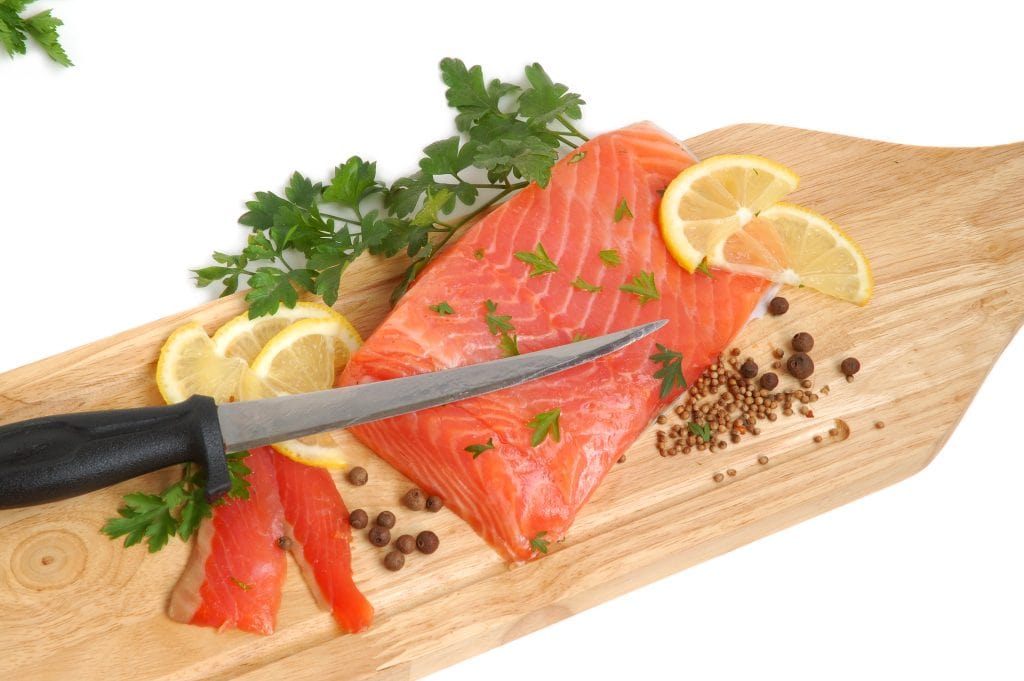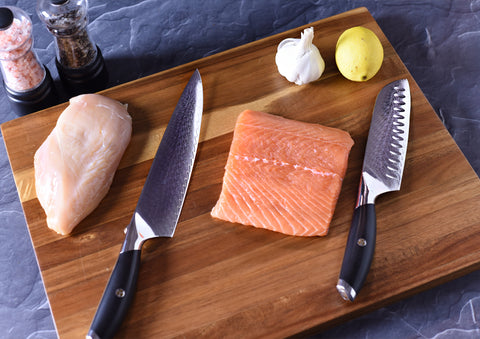When it comes to preparing meals, few tools are as essential as a good knife. For those who appreciate the art of cooking, choosing the right knife can make a tremendous difference. Japanese knives, known for their sharpness, durability, and precision, are a popular choice. In this article, we’ll delve into the various Japanese knife styles, providing a comprehensive guide on what Japanese knife styles to buy. Whether you’re an amateur cook or a professional chef, this detailed guide will help you make an informed decision.

Understanding Japanese Knife Types
Japanese knives come in a variety of styles, each designed for specific tasks. Understanding these types is the first step in deciding what Japanese knife styles to buy.
The All-Purpose Gyuto Knife
The Gyuto knife is the Japanese version of the Western chef’s knife. It’s versatile and can handle most kitchen tasks, from slicing vegetables to chopping meat. The blade length typically ranges from 8 to 12 inches, making it perfect for both large and small cutting tasks.
For more information on how to sharpen your Gyuto knife, visit How to sharpen a chef knife.
The Delicate Santoku Knife
Derived from the words ‘san’ (three) and ‘toku’ (virtues), the Santoku knife excels in three main tasks: slicing, dicing, and mincing. Its shorter length (usually around 5 to 7 inches) and thinner blade make it a delight to use for precise cuts.
The Specialized Nakiri Knife
The Nakiri knife, with its rectangular blade, is specifically designed for chopping vegetables. Its straight edge allows for clean, straight cuts, making it a must-have for vegetarians or anyone who loves cooking with fresh produce.
The Versatile Bunka Knife
The Bunka knife is another multi-purpose kitchen tool. Similar to the Santoku, it has a slightly longer blade and a more pointed tip, making it suitable for a broader range of cutting techniques, including fine slicing and detailed work.
The Fish-Filleting Deba Knife
If seafood is a staple in your kitchen, the Deba knife is indispensable. It’s designed for filleting fish and can handle both delicate and heavy tasks, from breaking down whole fish to cutting through small bones. The thick blade allows for more control when needed.
For more on how to sharpen your knife, check out knife sharpening tips.
The Sushi and Sashimi Yanagiba Knife
The Yanagiba knife, with its long, thin blade, is perfect for slicing raw fish for sushi and sashimi. Its single-bevel design allows for cleaner cuts, preserving the texture and flavor of the fish.

Factors to Consider When Buying Japanese Knives
While knowing the types of knives is important, there are several other factors to consider when choosing what Japanese knife styles to buy.
Blade Material and Quality
Japanese knives are typically made from high-carbon steel or stainless steel. High-carbon steel blades are known for their sharpness and edge retention, but they require more maintenance to prevent rust. Stainless steel blades, on the other hand, are more durable and easier to maintain.
Handle Comfort and Material
The handle is just as important as the blade. Japanese knife handles are often made from wood or composite materials, offering both comfort and durability. Ensure the handle fits well in your hand to provide better control and reduce fatigue during prolonged use.
Blade Length
The length of the blade impacts its functionality. Gyuto knives, being multi-purpose, come in various lengths to cater to different tasks. Choose a length that suits your comfort and the type of cooking you do most often.
Weight and Balance
A well-balanced knife will feel comfortable and natural in your hand. Japanese knives are usually lighter than their Western counterparts, offering greater precision and ease of use. While selecting what Japanese knife styles to buy, consider both the weight and balance of the knife.
Price and Budget
Japanese knives can vary greatly in price. While higher-end knives offer excellent quality and performance, there are also budget-friendly options that provide good value. Set a budget and try to find the best knife within your range.

Japanese Knife Maintenance
To keep your Japanese knives in top condition, regular maintenance is crucial. Proper care can significantly extend the life of your knife and ensure optimal performance.
Sharpening Techniques
Regular sharpening is essential to maintain the sharpness of your Japanese knives. Using a whetstone is the traditional and preferred method. It’s a skill worth mastering to get the best edge on your blade.
For a detailed guide, visit sharpening a chef knife.
Cleaning and Storage
After each use, clean your knife with warm water and mild soap. Avoid abrasive sponges that can damage the blade. Dry it immediately and store it in a knife block or on a magnetic strip to protect the edge.

Where to Buy Japanese Knives
Now that you have a good understanding of what Japanese knife styles to buy, it’s time to find where to purchase them. Here are some recommended places:
Specialty Kitchen Stores
Specialty kitchen stores often carry a range of high-quality Japanese knives. The advantage of buying from these stores is the opportunity to handle the knives and seek expert advice.
Online Retailers
Many reputable online retailers offer a wide selection of Japanese knives. Websites like Amazon and specialty knife shops have extensive inventories, customer reviews, and competitive prices.
Frequently Asked Questions (FAQ)
What is the best Japanese knife for a beginner?
For beginners, the Gyuto knife is an excellent choice due to its versatility and ease of use. It can handle a wide range of kitchen tasks, making it a valuable addition to any kitchen.
How often should I sharpen my Japanese knife?
It depends on how often you use the knife. For frequent use, sharpening every few months is recommended. Regular honing with a honing rod can help maintain the edge between sharpenings.
Can I put my Japanese knife in the dishwasher?
It’s best to avoid putting Japanese knives in the dishwasher. The high heat and harsh detergents can damage the blade and handle. Hand washing is always preferred.
Conclusion
Choosing what Japanese knife styles to buy is a delightful journey into the world of precision and artistry. Each knife serves a unique purpose, and understanding these roles will help you select the perfect tool for your needs. Remember to consider factors such as blade material, handle comfort, and maintenance requirements. With the right knowledge, you can make a choice that will enhance your culinary experience and bring joy to your cooking.
If you’re curious about other knife types, you can learn more at Types of Kitchen Knives.
As an Amazon Associate, I earn from qualifying purchases.


